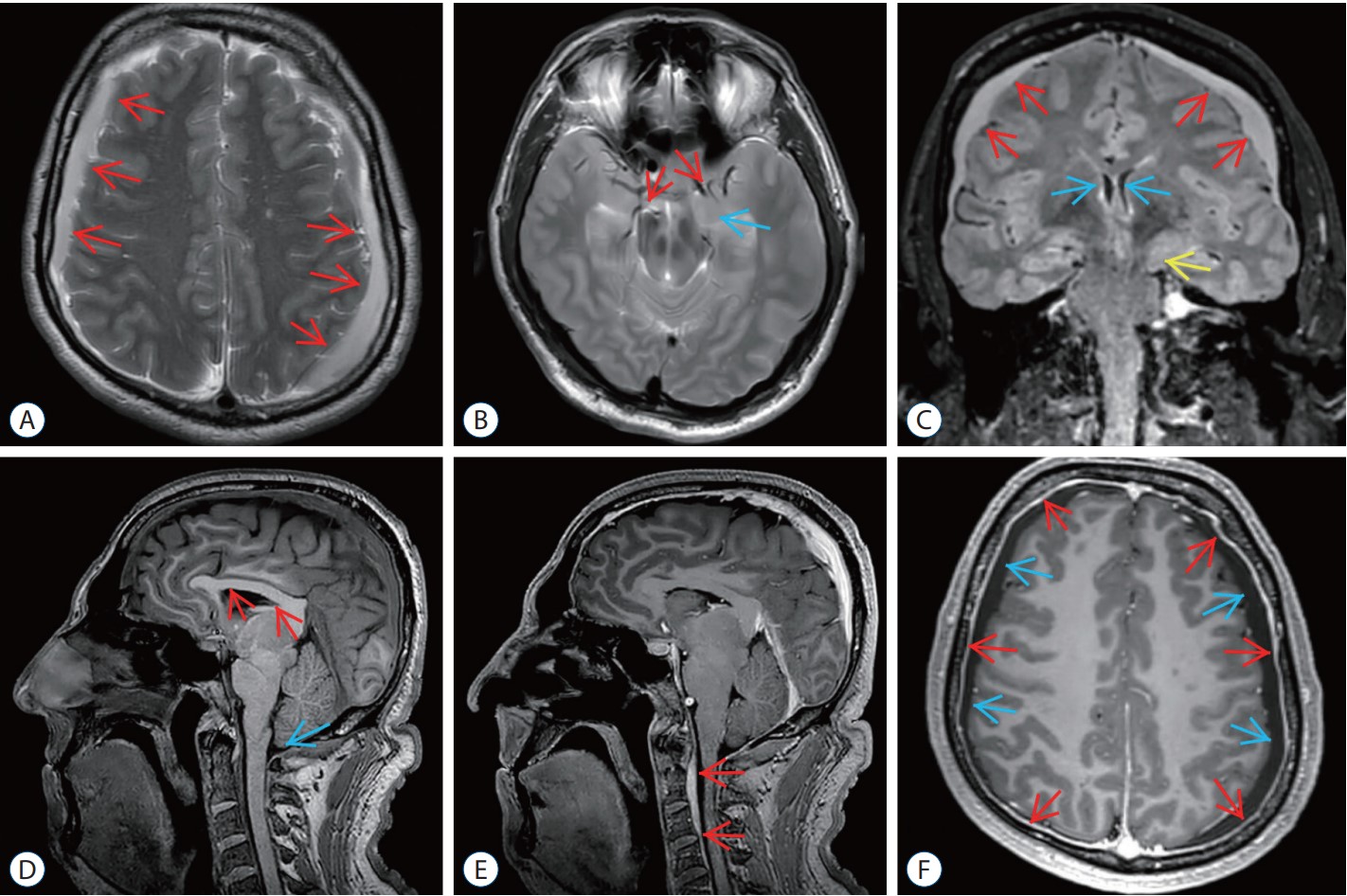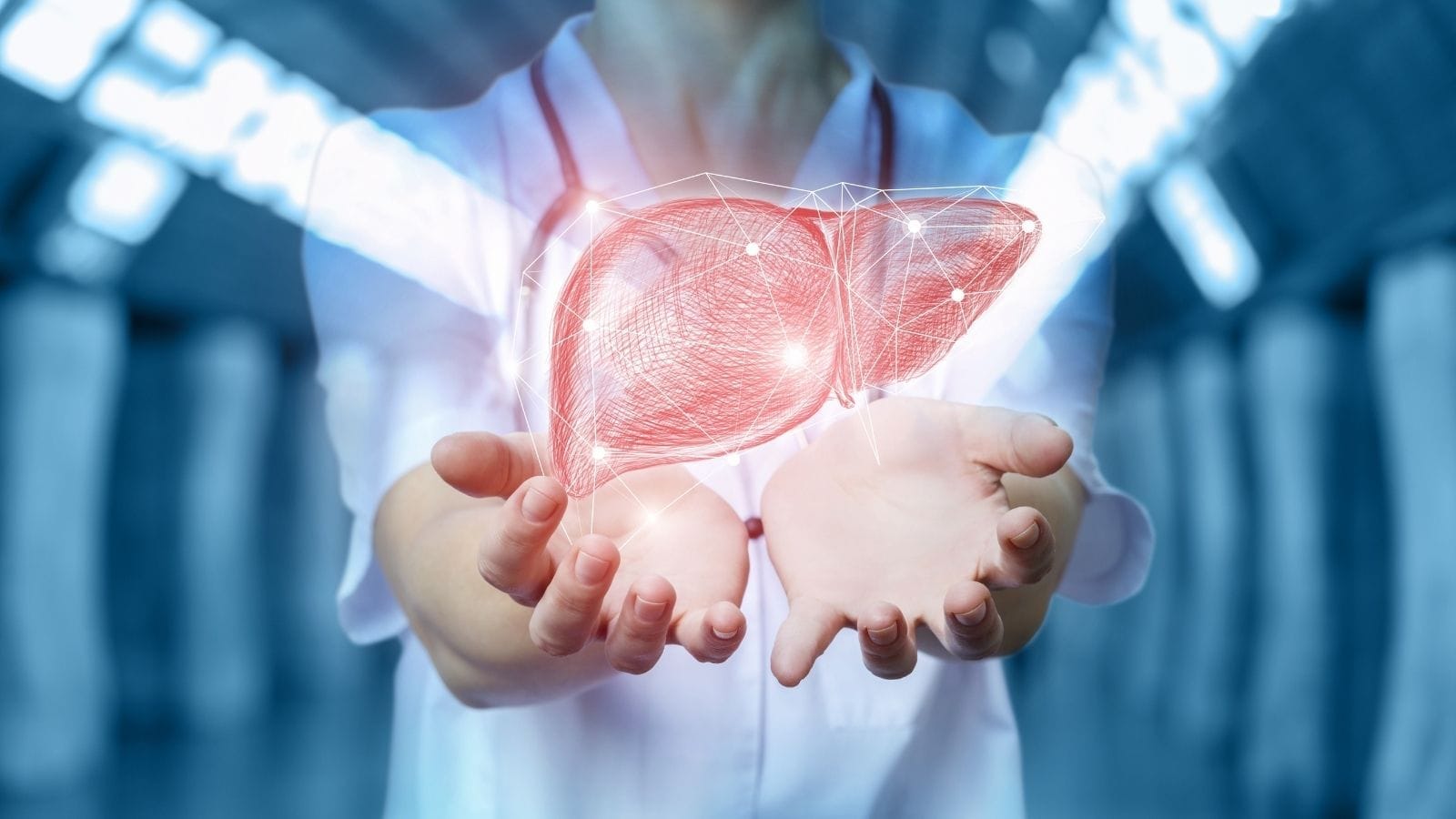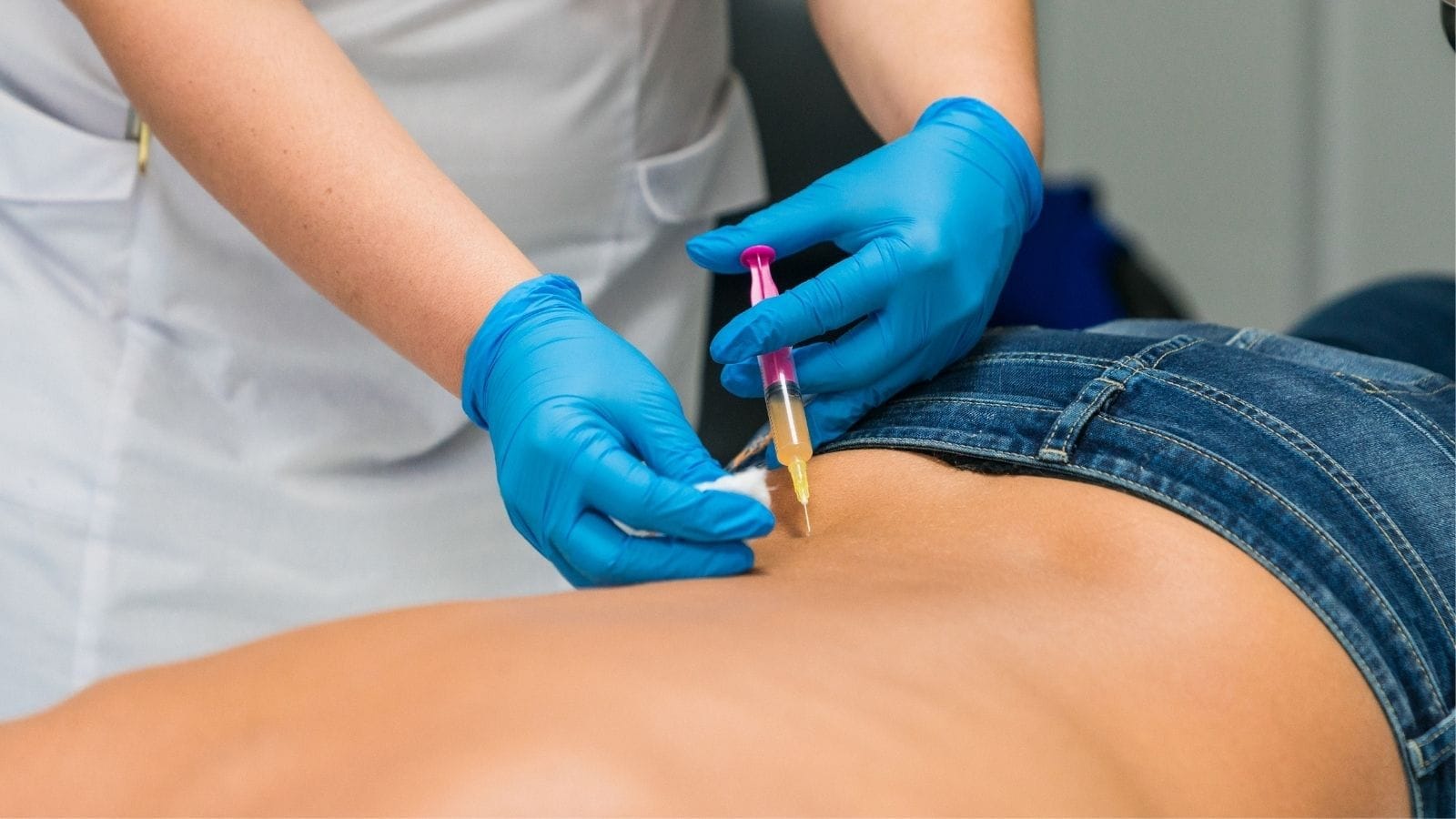Headache occurring when standing up suddenly is often linked to cerebrospinal fluid (CSF) pressure changes. A rapid shift in body position alters intracranial pressure, triggering pain that typically subsides when lying down again.
This condition is most commonly associated with spontaneous intracranial hypotension or after lumbar puncture. Reduced CSF volume decreases brain cushioning, leading to positional headaches.
Relief methods include hydration, caffeine intake, and rest. In persistent cases, medical intervention such as an epidural blood patch may be necessary to restore CSF balance.
Preventive strategies involve avoiding sudden postural changes and addressing underlying causes. Early recognition ensures proper treatment and prevents prolonged discomfort.
Prof. Dr. Özgür KILIÇKESMEZ Prof. Dr. Kılıçkesmez holds the Turkish Radiology Competency Certificate, the Turkish Interventional Radiology Competency Certificate, Stroke Treatment Certification, and the European Board of Interventional Radiology (EBIR). In his academic career, he won the Siemens Radiology First Prize in 2008.
Interventional Radiology / Interventional Neuroradiology
How Does a Brain Aneurysm Cause Sudden Headache?
A brain aneurysm is characterized by the balloon-like enlargement of weakened walls of brain vessels. When these dilated vessel walls are weak, sudden headaches can occur. If an aneurysm ruptures, severe and sudden headaches develop. These headaches are often called “thunderclap headaches” and require emergency medical attention.
- When an aneurysm ruptures, intracranial pressure rises suddenly because blood leaks directly into the cerebrospinal fluid.
- Leaked blood irritates the meninges and affects brain tissue. This increases the intensity of the headache.
Other common symptoms after aneurysm rupture include:
- Nausea
- Vomiting
- Neck stiffness
- Light sensitivity
- Loss of consciousness or seizures
These symptoms can vary depending on the amount and location of the bleeding. Headaches caused by aneurysms are usually much more severe and different from previous headaches experienced by the person. This may also present itself even when an aneurysm begins to leak and is known as a “sentinel headache.” Headaches related to brain aneurysms are generally a sign of serious health problems and must be addressed quickly.
What Are the Symptoms of a Brain Aneurysm?
A brain aneurysm is characterized by a balloon-like enlargement of brain blood vessels. This can present with different symptoms for unruptured and ruptured aneurysms. In unruptured aneurysms, symptoms result from the pressure the enlargement creates on nerves.
- Pain around the eye, which is a result of pressure on the relevant nerves.
- Unilateral pupil dilation may be observed.
- Visual disturbances, including blurred vision and double vision.
- Numbness or weakness on one side of the face.
- Drooping of the eyelid may indicate nerve compression.
A ruptured aneurysm, on the other hand, presents with more serious and sudden symptoms. The most prominent symptom is an unbearably severe headache.
- Nausea and vomiting are frequently observed along with headache.
- Neck stiffness occurs due to blood leakage into the cerebrospinal fluid.
- Photophobia (light sensitivity) is a typical symptom.
- Seizures occur as a result of disruptions in brain activity.
- Loss of consciousness increases the severity of the condition.
- Changes in personality and mental status can be seen.
- Blurred or double vision may occur similarly to unruptured aneurysms.
*We recommend filling out all fields so we can respond in the best possible way.
What Should I Do If I Have a Sudden Headache When Standing Up?
If you experience a sudden headache when standing up, the steps you take should be aimed at assessing the seriousness of the situation. A sudden and severe headache may indicate a serious health problem such as a brain aneurysm. In this case, urgent medical intervention is essential. The person should immediately go to the nearest emergency room, as early intervention can reduce life-threatening risks.
- Call for emergency medical help: If you have a severe headache, call the emergency service or go to the emergency room immediately.
- Avoid physical exertion: Until medical help arrives, avoid heavy lifting or strenuous activity.
- Stay hydrated and rest: Try to remain calm in a comfortable position and drink enough fluids while you wait.
- Report all symptoms: Describe the severity, duration, and any accompanying symptoms of your headache to your doctor in detail.
- Have diagnostic imaging: If your doctor deems it necessary, they may recommend brain imaging or other diagnostic tests.
What Tests Are Used to Diagnose a Brain Aneurysm?
Several tests are used to diagnose a brain aneurysm, each playing an important role in the diagnostic process with different features.
- Magnetic Resonance Angiography (MRA): This test provides a detailed view of brain blood vessels. It is highly effective in detecting vascular abnormalities such as aneurysms. It can be performed with or without contrast. MRA performed with high-resolution 3T scanners is preferred for identifying unruptured aneurysms. However, in acute situations, it may sometimes not provide sufficient resolution.
- Computed Tomography Angiography (CTA): CTA can visualize brain vessels very quickly. Contrast agent is used in this test, which is especially important in emergencies when rapid diagnosis of suspected aneurysm is needed. High-resolution images are obtained, allowing doctors to make quick and accurate assessments.
- Digital Subtraction Angiography (DSA): DSA provides the most detailed imaging and is used to examine brain vessels in three dimensions. This method is ideal for determining the exact location and shape of aneurysms. Although it is an invasive procedure, it is indispensable for diagnosis and treatment planning.

Girişimsel Radyoloji ve Nöroradyoloji Uzmanı Prof. Dr. Özgür Kılıçkesmez, 1997 yılında Cerrahpaşa Tıp Fakültesi’nden mezun oldu. Uzmanlık eğitimini İstanbul Eğitim ve Araştırma Hastanesi’nde tamamladı. Londra’da girişimsel radyoloji ve onkoloji alanında eğitim aldı. İstanbul Çam ve Sakura Şehir Hastanesi’nde girişimsel radyoloji bölümünü kurdu ve 2020 yılında profesör oldu. Çok sayıda uluslararası ödül ve sertifikaya sahip olan Kılıçkesmez’in 150’den fazla bilimsel yayını bulunmakta ve 1500’den fazla atıf almıştır. Halen Medicana Ataköy Hastanesi’nde görev yapmaktadır.









Vaka Örnekleri